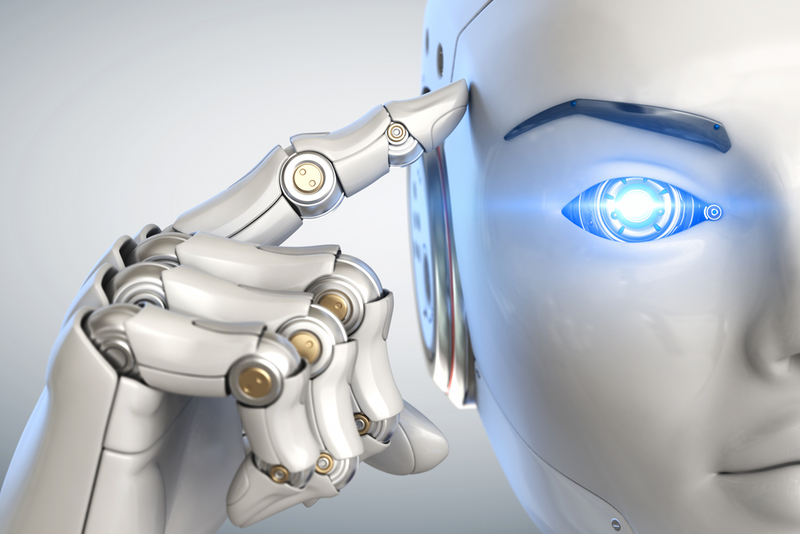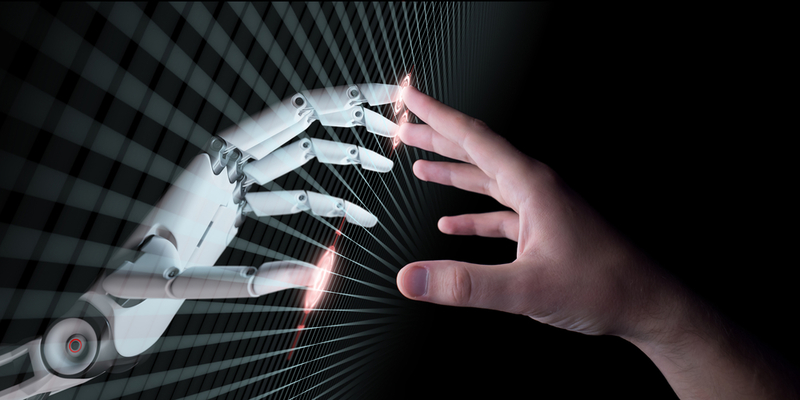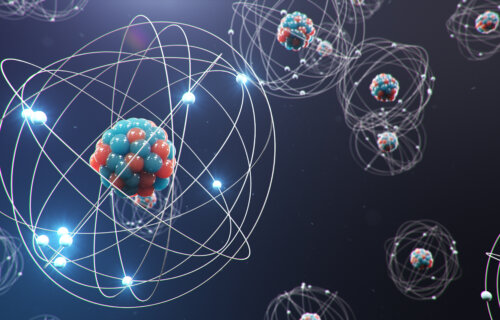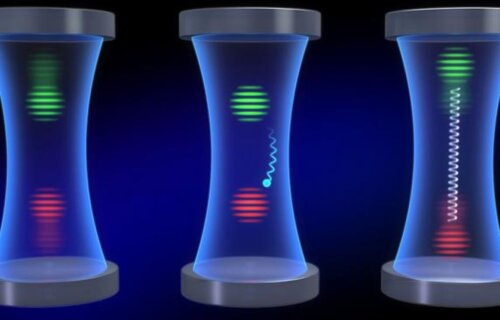
Artificial intelligence (AI) is an area that is overflowing with buzzwords. In an ideal world, words such as big data and cognitive computing would aid in the distillation of complicated notions into easily consumable ideas. However, they have the potential to confuse and mislead the general population.

For example, the term “artificial general intelligence” (AGI) is often used to describe hypothetical robots that are capable of doing every intellectual activity that a person is capable of. However, there is no agreement on what AGI implies. Some leading experts in artificial intelligence think that the phrase is a misnomer, while others say that it will never be achieved. A more understandable notion could be “multi-skilled artificial intelligence.” Multi-skilled artificial intelligence is a method of enhancing technologies by broadening their range of senses. Multi-skilled artificial intelligence systems mix senses and language to expand their knowledge of the world in a similar manner to how children learn via observation and conversation.

The goal of multi-skilled artificial intelligence is to develop a more flexible intellect. Multiple modalities, such as the textual and visual domains, would be used to train AI systems in order to increase their capabilities. Visual, auditory, and tactile input may be integrated by robots to perform a broader variety of activities, for example. This promise has been shown by a number of recent breakthroughs in artificial intelligence. Some of these systems are OpenAI’s DALL-E, which generates pictures by training a neural network on both textual and visual input, and Wu Dao, a multimodal AI system that can write, draw, and even sing. MIT Technology CEO and Publisher Bramson-Boudreau, on the other hand, cautions that the method is fraught with danger. She is especially worried about the vulnerability of the system to data biases, the environmental effect, and the possibility of its use in autonomous warfare. Her confidence in the ability of authorities to handle the risks is high.










